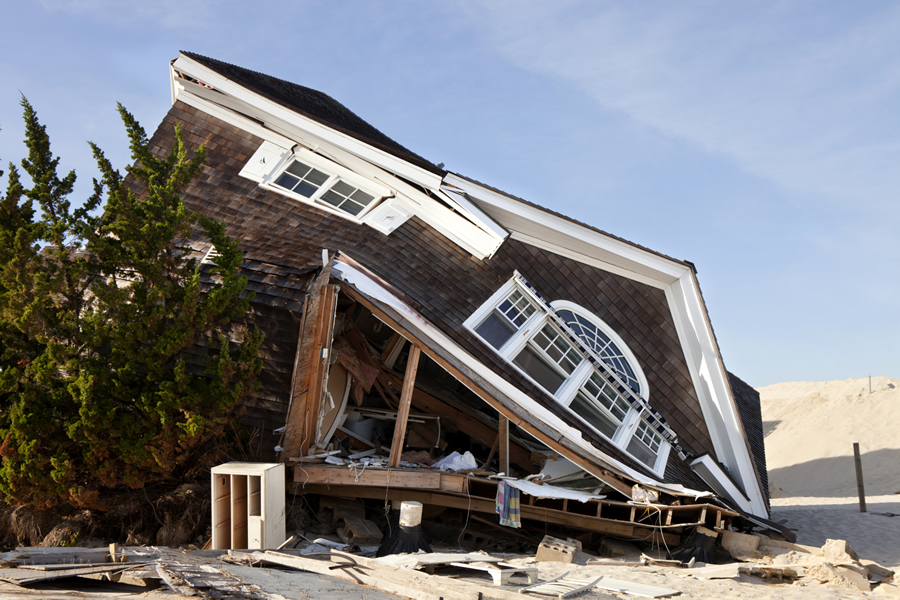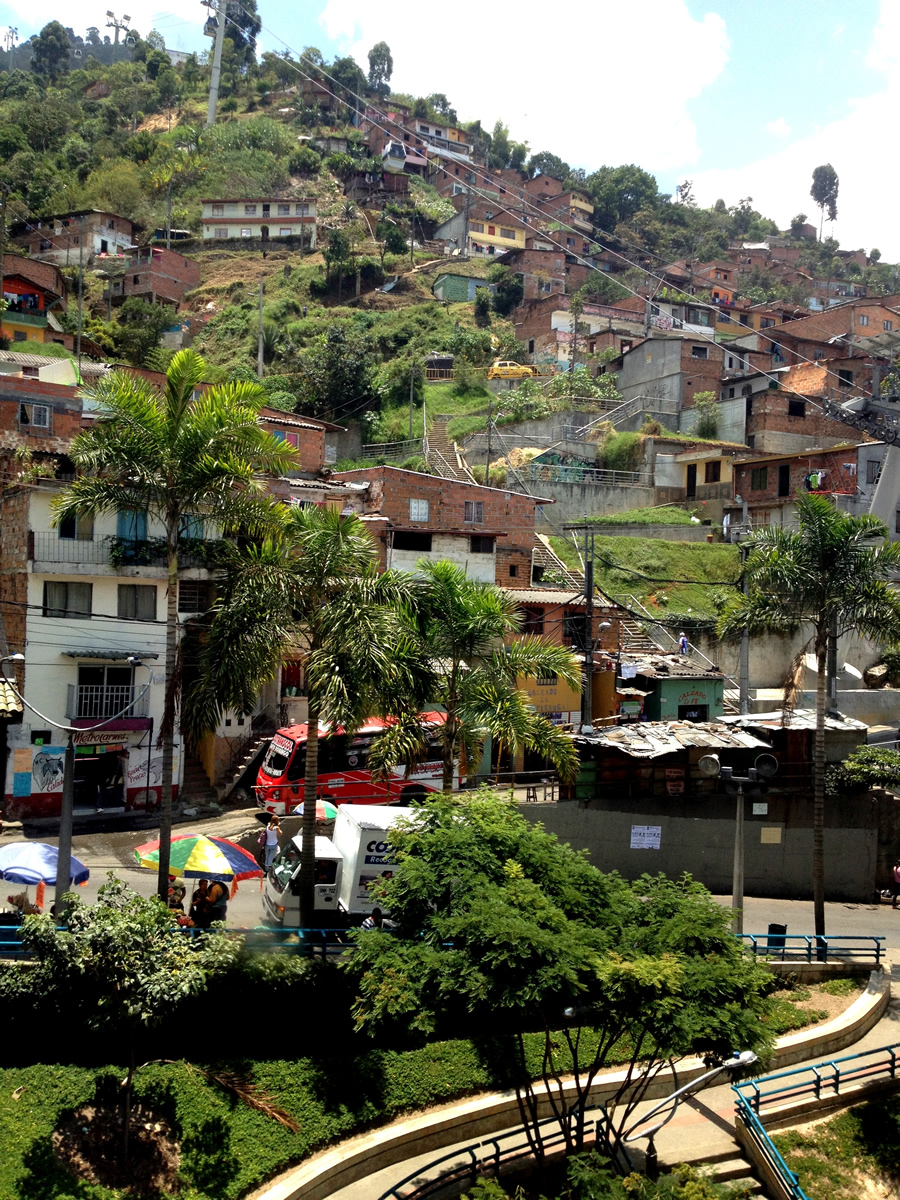
In former vice president Al Gore’s latest book, The Future: Six Drivers of Global Change, he points out that it took nearly all human history—some 200,000 years—to create the first billion people. It took only 12 years to create the last billion. We currently welcome about 1.5 million people to the planet every week, mostly in developing countries.
For the first time in recorded history, more than 50 percent of the world’s current population of 7.16 billion now lives in cities. By 2050, some 80 percent will live in urban environments. Urbanization is already having a profound impact on our lives, yet we have little understanding of the unintended consequences.
When Hurricane Sandy hit New York in October 2012, then mayor Michael Bloomberg called extreme weather the “new norm.” Since then, 500-year floods have hit many parts of the world, taking communities by surprise as existing infrastructure failed.
Recently, I’ve heard some cities use the phrase “we will rebuild stronger” as the communities struggle to recover from catastrophic events. But I would argue we need to rebuild smarter, and that requires some serious planning. And as the former Mayor Bloomberg, now special envoy to the United Nations, pointed out at the World Urban Forum in Medellin, Colombia, recently, it may be that “the norms that guided the planning of the past no longer apply.”
Think about that for a minute. The norms of the past—building codes, policies, and regulations—that protected human life and property are no longer up to the task. From a planning perspective, that is quite scary. It means that “business as usual” will not work much longer.
If we are to make smart, livable, resilient cities, we need to reexamine our outdated assumptions and reboot our thinking about what it means to plan for a rapidly evolving world. We need to take a systems approach to planning and calculate the cumulative impact of many small acts across disciplines and departments. We need simple tools to help us minimize risk while reducing resource use. We need apps that help us diversify and strengthen our local economies and build redundancy into our many systems, from transportation to food and water. We need to go beyond the status quo.

This past March, Esri president Jack Dangermond announced support for President Barack Obama’s climate data initiative. Esri will provide geospatial technology and expertise to 12 cities to build maps and apps that communities can use to plan for climate change impacts. The company will also host free maps and apps through a new geocollaboration portal and is sponsoring the Esri Climate Resilience App Challenge. (Read Esri Partners with the White House on the Climate Data Initiative).
Imagine an app that relates carbon sequestration to lower rates of childhood asthma, increased accessibility to social equity, the planting of more trees, and decreased dropout rates for schoolchildren. We need apps that show us the money and lives saved by restoring our ecological infrastructure and designing cities for the benefit of people rather than cars.
The fact that everything is interconnected has become painfully obvious now. Ironically, vast quantities of data are already being collected on demographics, traffic movement, air and water quality, water and power usage, waste production, traffic accidents, disease, crime, where we go, and what we buy. We have mountains of data. Why don’t we break down the silos, start connecting the dots, count what’s important, and plan accordingly?
That’s how you build resilient cities.
